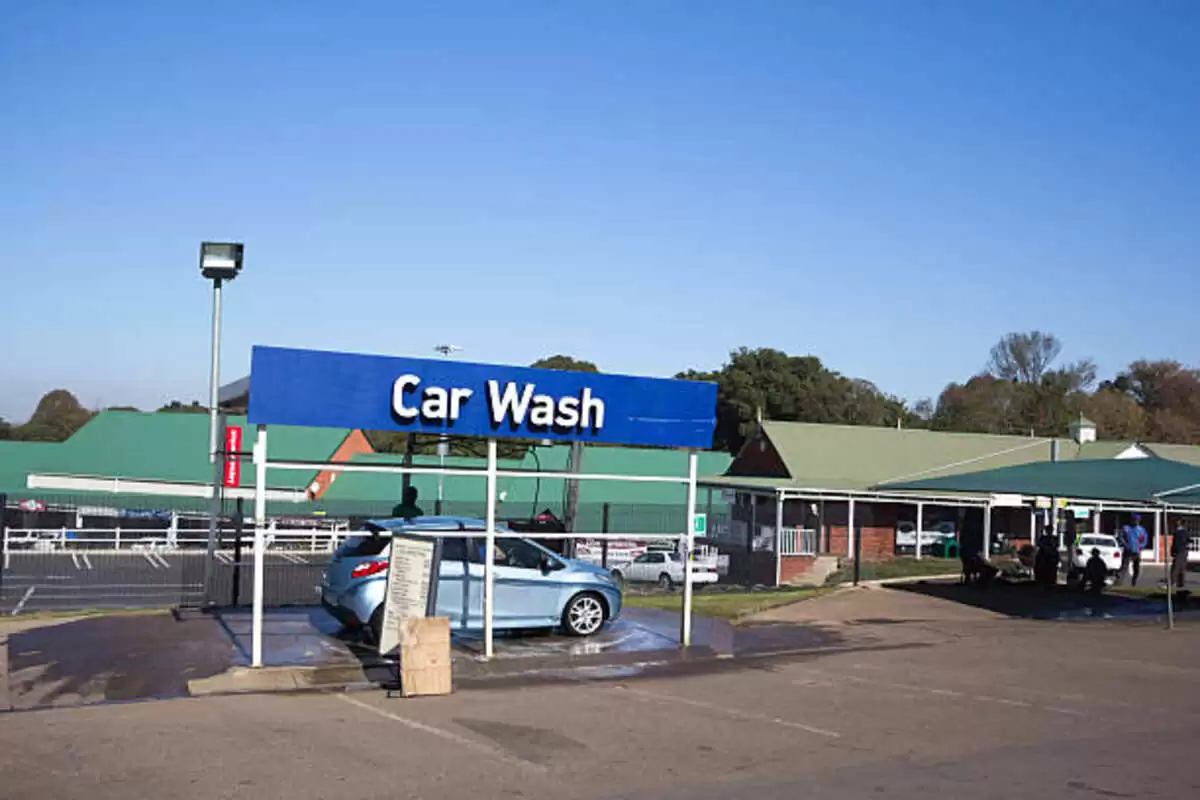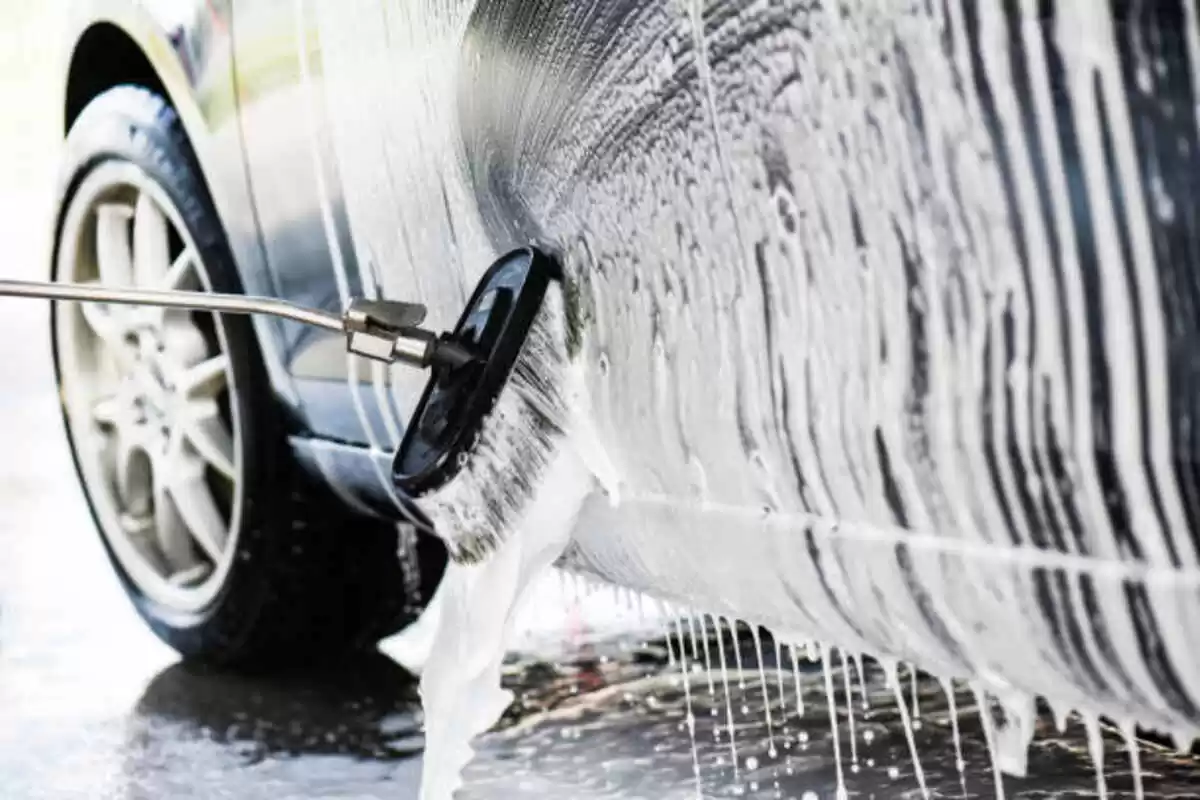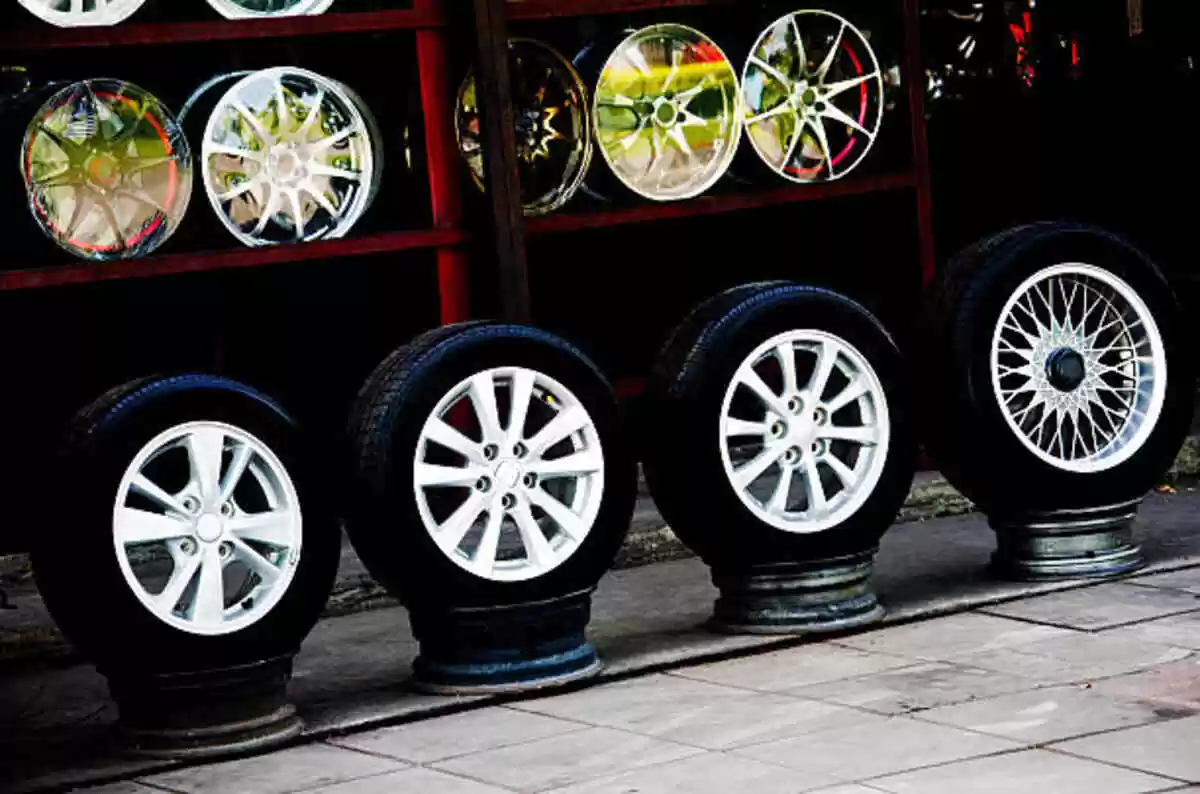WASHINGTON — U.S. auto safety regulators have upgraded and extended an investigation of Tesla’s Autopilot advanced driver-assistance system to cover an estimated 830,000 vehicles from the 2014-22 model years.
The action comes after the agency in August opened a preliminary evaluation to assess the performance of Tesla’s Autopilot after 12 Tesla crashes in the U.S. that resulted in 17 injuries and one death.
The crashes — now totaling 16 — involved Tesla vehicles with Autopilot engaged that were driven near first-responder scenes and subsequently struck one or more stopped emergency vehicles involved with those scenes.
At the time, the investigation covered Tesla models Y, S, X and 3 from the 2014-21 model years and affected an estimated 765,000 vehicles.
In a document released Thursday, NHTSA’s Office of Defects Investigation said it is upgrading the investigation to an engineering analysis to “extend the existing crash analysis, evaluate additional data sets, perform vehicle evaluations and to explore the degree to which Autopilot and associated Tesla systems may exacerbate human factors or behavioral safety risks by undermining the effectiveness of the driver’s supervision.”
The agency said its analysis of the 16 crashes involving Tesla vehicles and emergency or road maintenance vehicles found that forward-collision warnings activated in the majority of incidents immediately prior to impact and that subsequent automatic emergency braking intervened in roughly half of the collisions.
“On average in these crashes, Autopilot aborted vehicle control less than one second prior to the first impact,” the agency reported.
NHTSA said it also closely reviewed more than 100 Tesla crashes involving a version of Autopilot, including the Full Self Driving beta, during the preliminary evaluation.
NHTSA last year also requested substantial amounts of data on driver-assist systems from 12 other major automakers to aid their investigation into the Tesla crashes involving Autopilot and first-responder scenes.
Tesla’s Autopilot is characterized as an SAE Level 2 system that has features to support and assist the driver with the driving task — such as lane-keeping assistance, adaptive cruise control and automatic emergency braking — but the driver must remain attentive and in control at all times.
“NHTSA reminds the public that no commercially available motor vehicles today are capable of driving themselves,” the agency said in a statement. “Every available vehicle requires the human driver to be in control at all times, and all state laws hold the human driver responsible for operation of their vehicles.”





